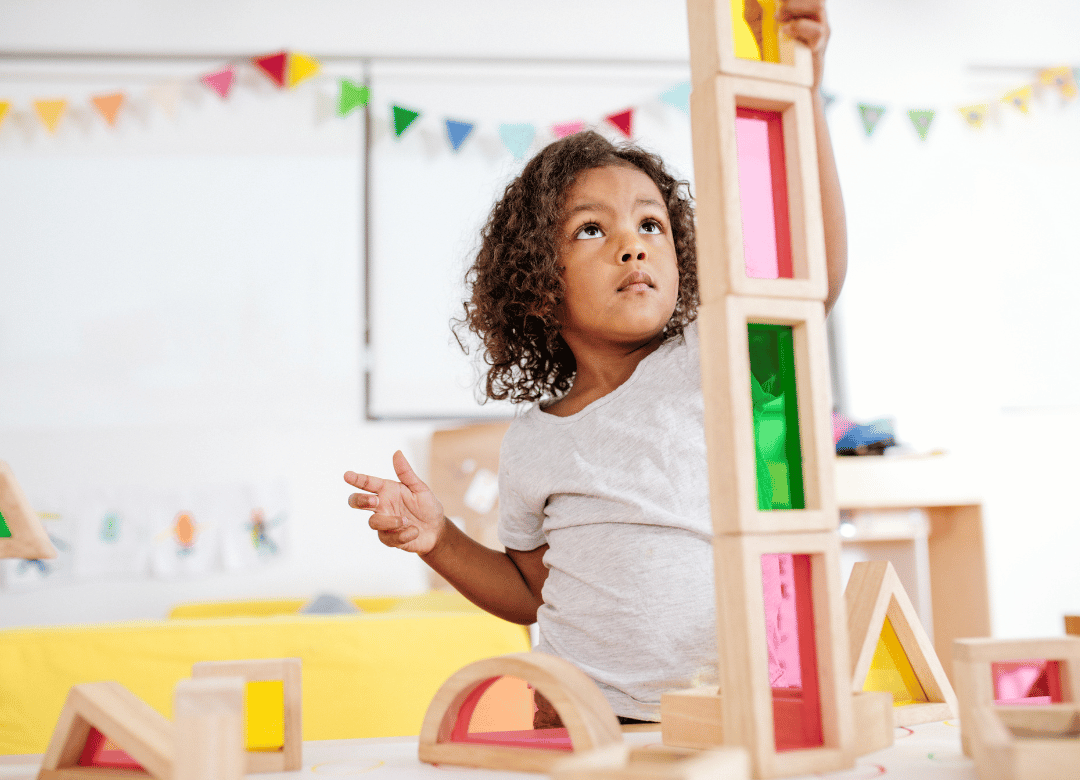How does having fewer toys around change a toddler’s play?
If more independent, creative play sounds good to you, then you'll want to read this.
COOPER TEAM • JAN 4TH, 2024

A team of researchers conducted an experiment to find out what happens when toddlers have fewer toys around. They invited families with toddlers (freshly-diapered, fed, and rested) to their play lab. They either presented the kids with 4 toys or with 16 toys. The toys were randomly selected to represent a wide range of types.
After presenting the toys to the toddlers, the researchers sat back and observed for about 20 minutes.
What They Found:
When presented with 16 toys, children moved from toy to toy. On average, they played with 8 of the 16 toys. None of the toddlers played with just one toy.
When only presented with 4 toys, children spent more time playing with one single toy. They were more focused as they played and used the toy in a variety of ways showing greater curiosity and creativity.
The Bottom Line: Fewer toys promotes deeper, more creative play for toddlers. They spend more time with each toy, manipulating it, and figuring out all sorts of ways to play with it.
At this point in development, children are beginning to develop their attention skills. It can be difficult for them to hold their attention on any given toy or activity. However, this study shows that toddlers are capable of focusing on one toy IF there aren't too many toys around to distract them.
What to Try:
One thing you could try to leverage this research is toy rotation. Take a portion of your child's toys and stash them. There's no formula for doing it right. You could change them every week, every month, or even every few months. Feel free to leave the toys your child loves in rotation all the time. If your child asks for a specific toy that's out of rotation, you can give it to them.
If toy rotation sounds like a headache, skip it! You don't need to add another thing to your plate.
Note! This was a controlled experiment in a research lab setting. If you’re like us, then your home is probably not a room with blank walls and a two-way mirror. We don’t know the extent to which these findings generalize to non-research lab settings (like your living room).
Dauch, C., et al. (2018). The influence of the number of toys in the environment on toddlers’ play. Infant and Behavior Development, 50, 78-87.